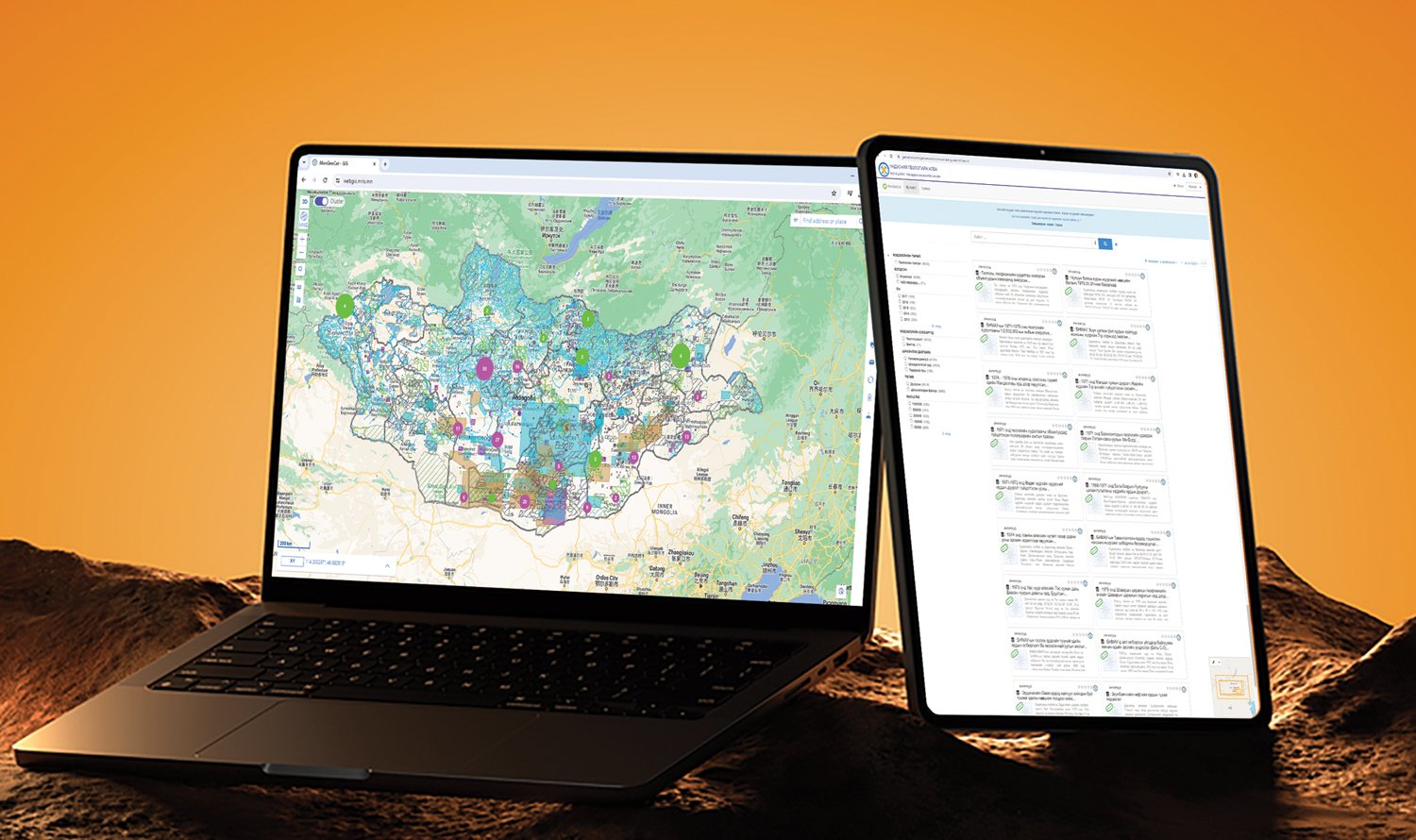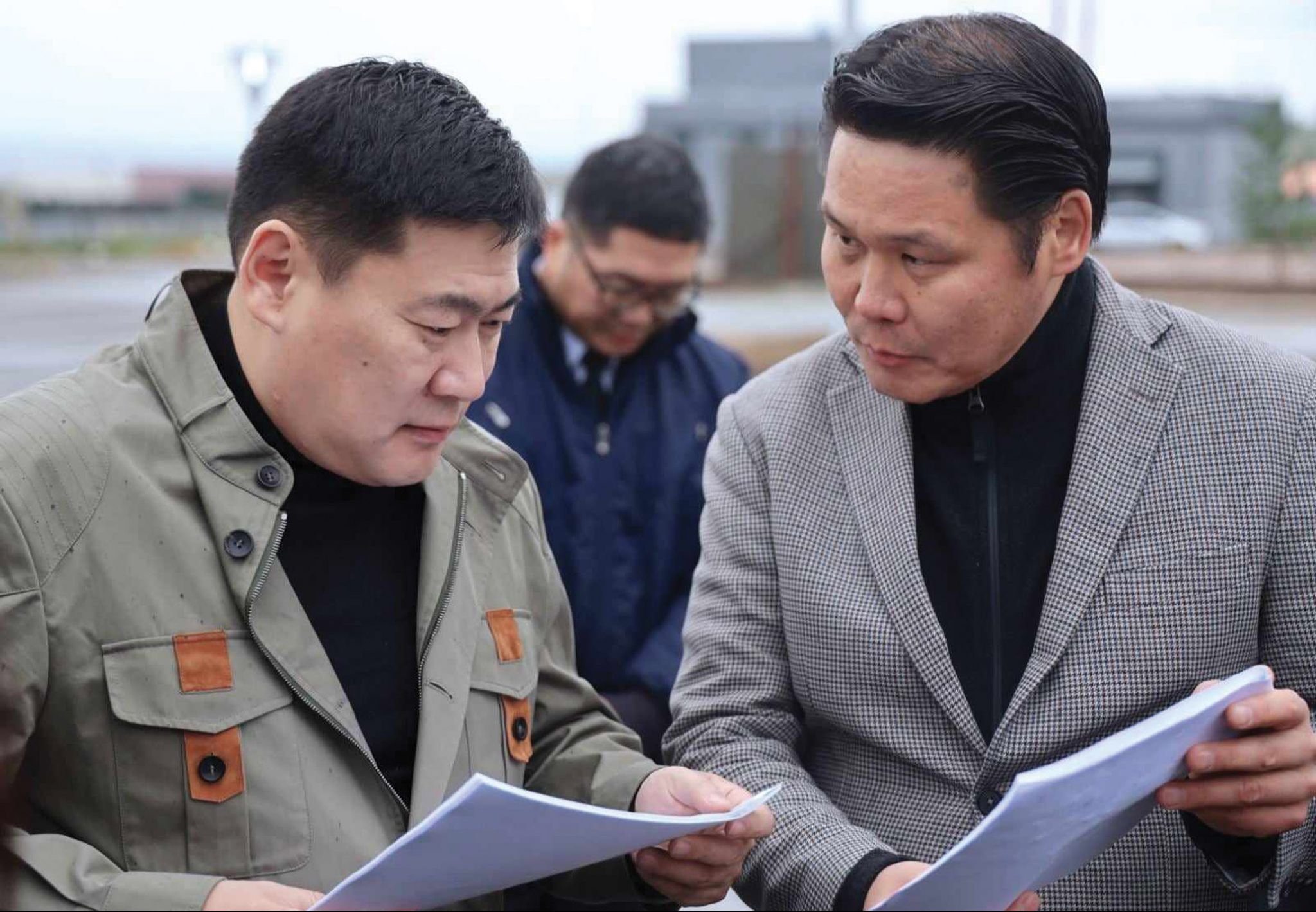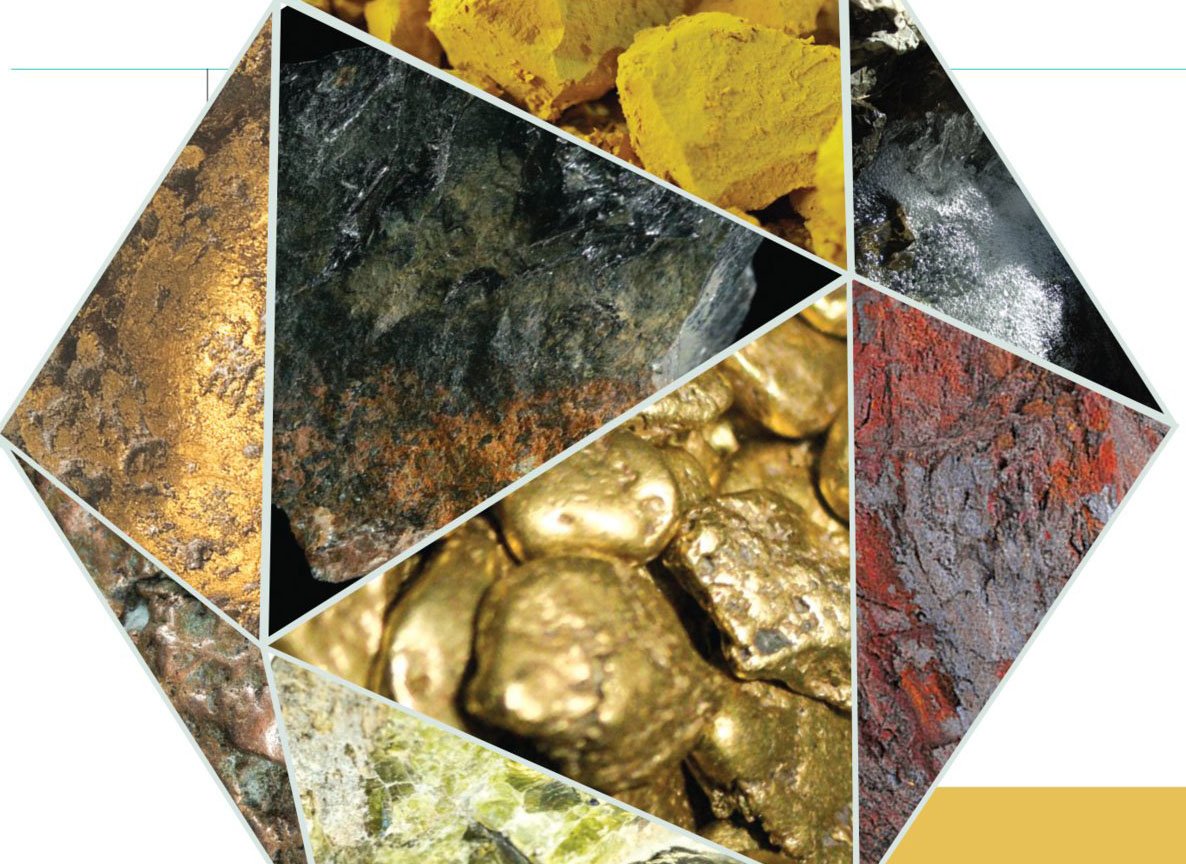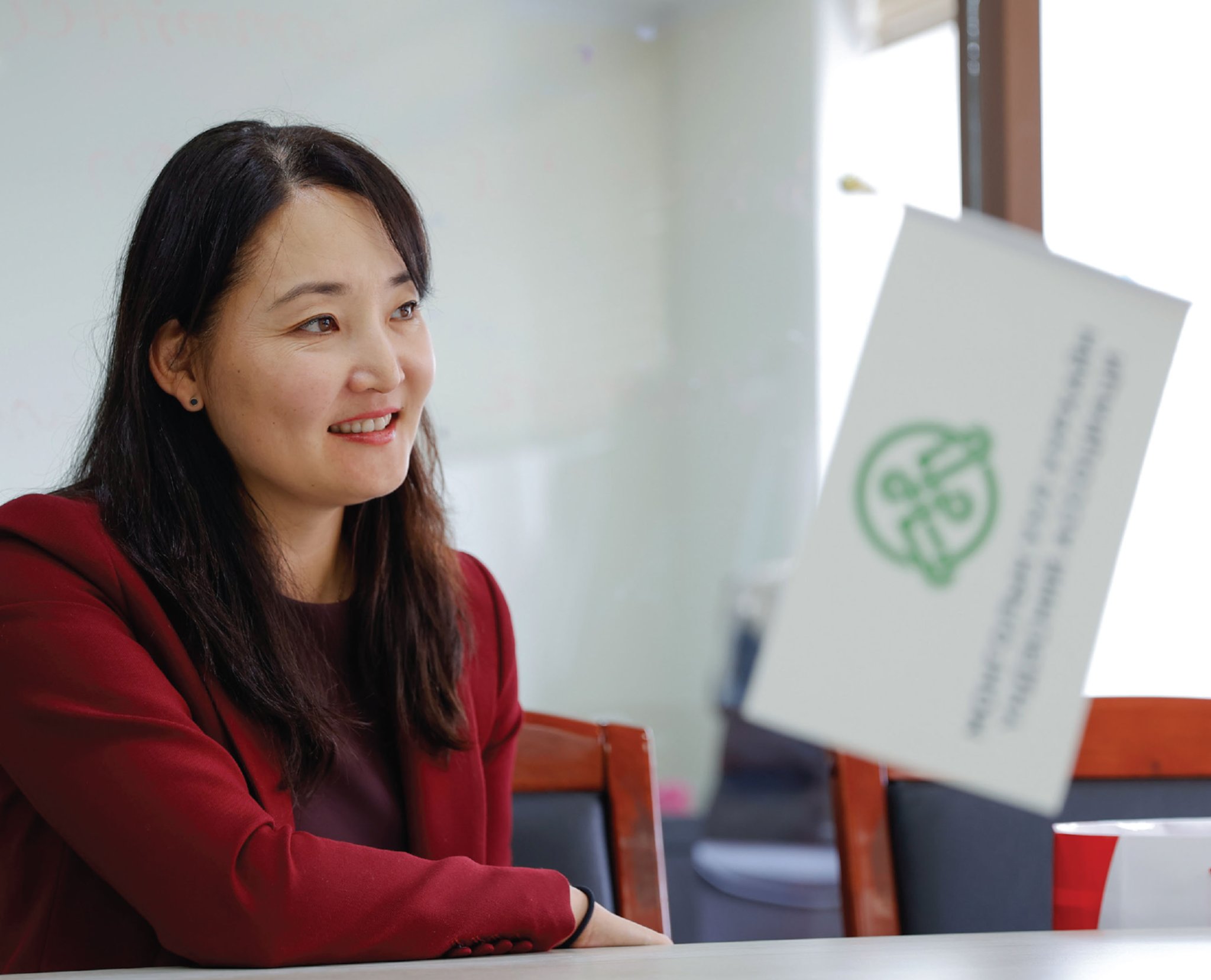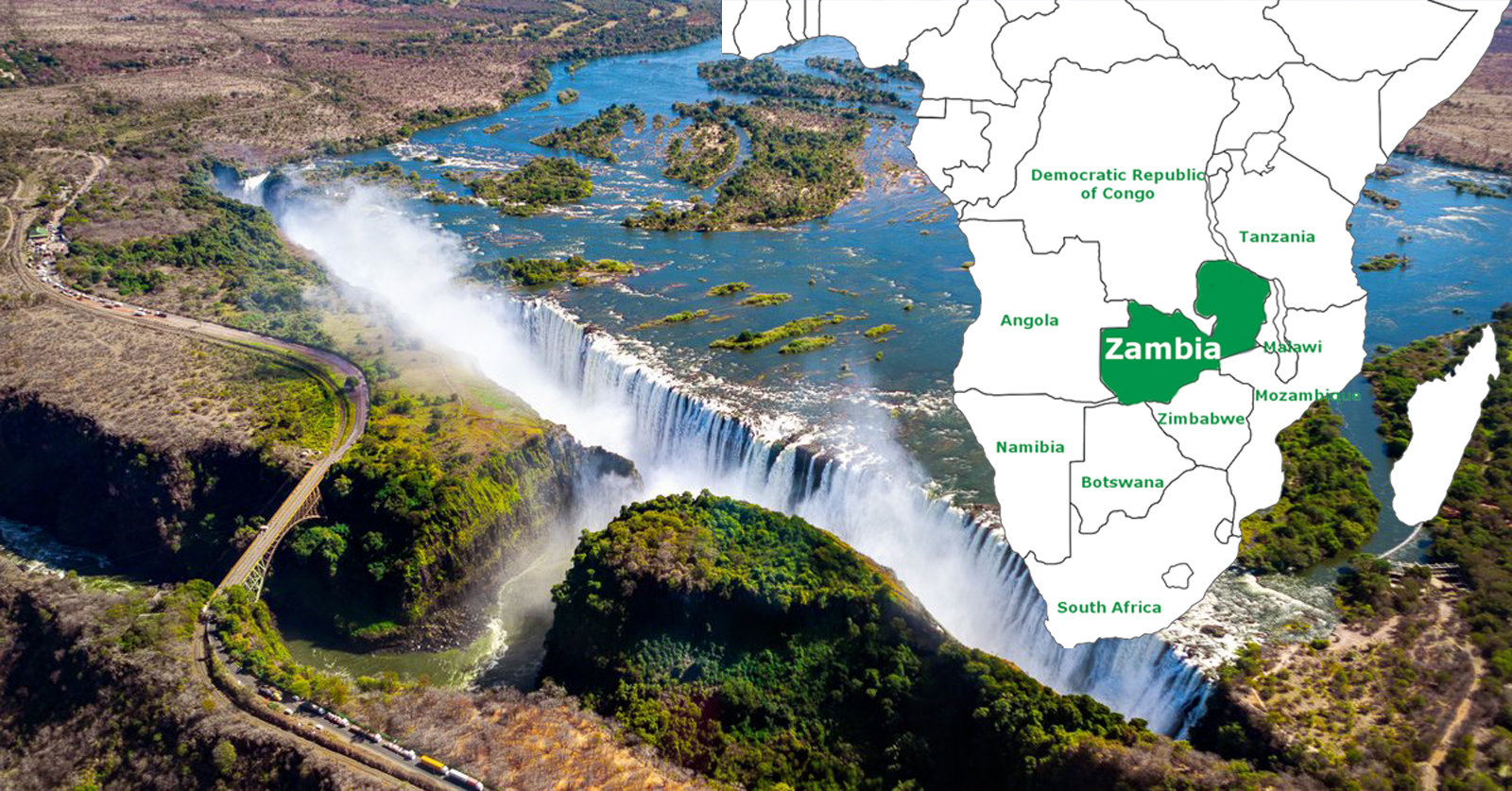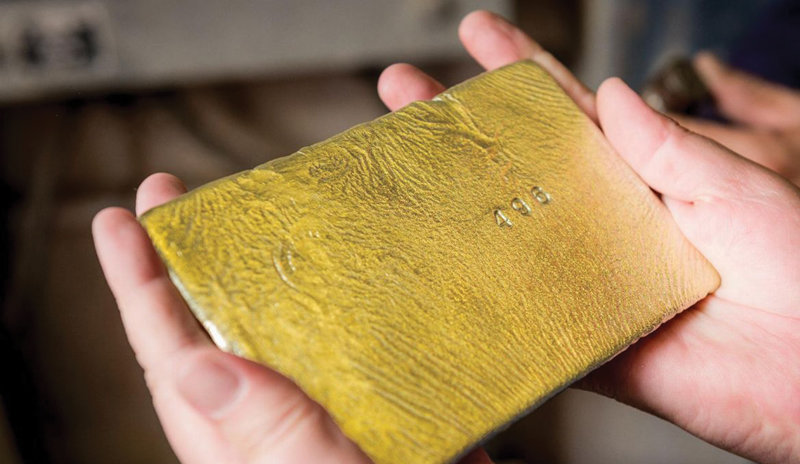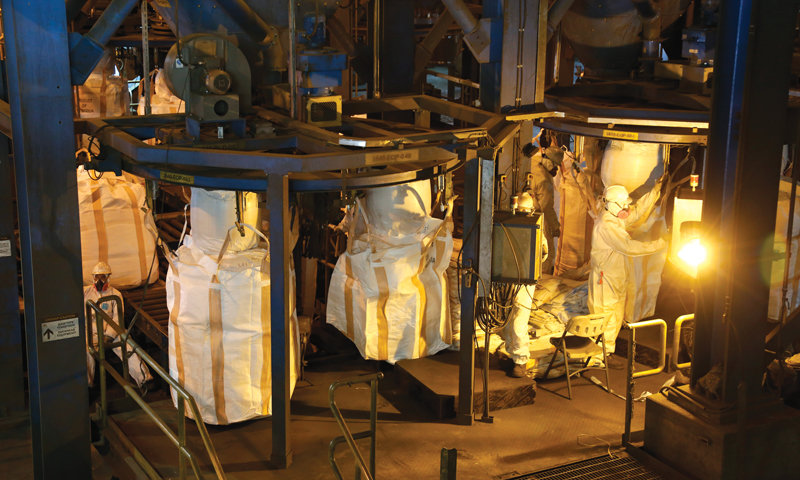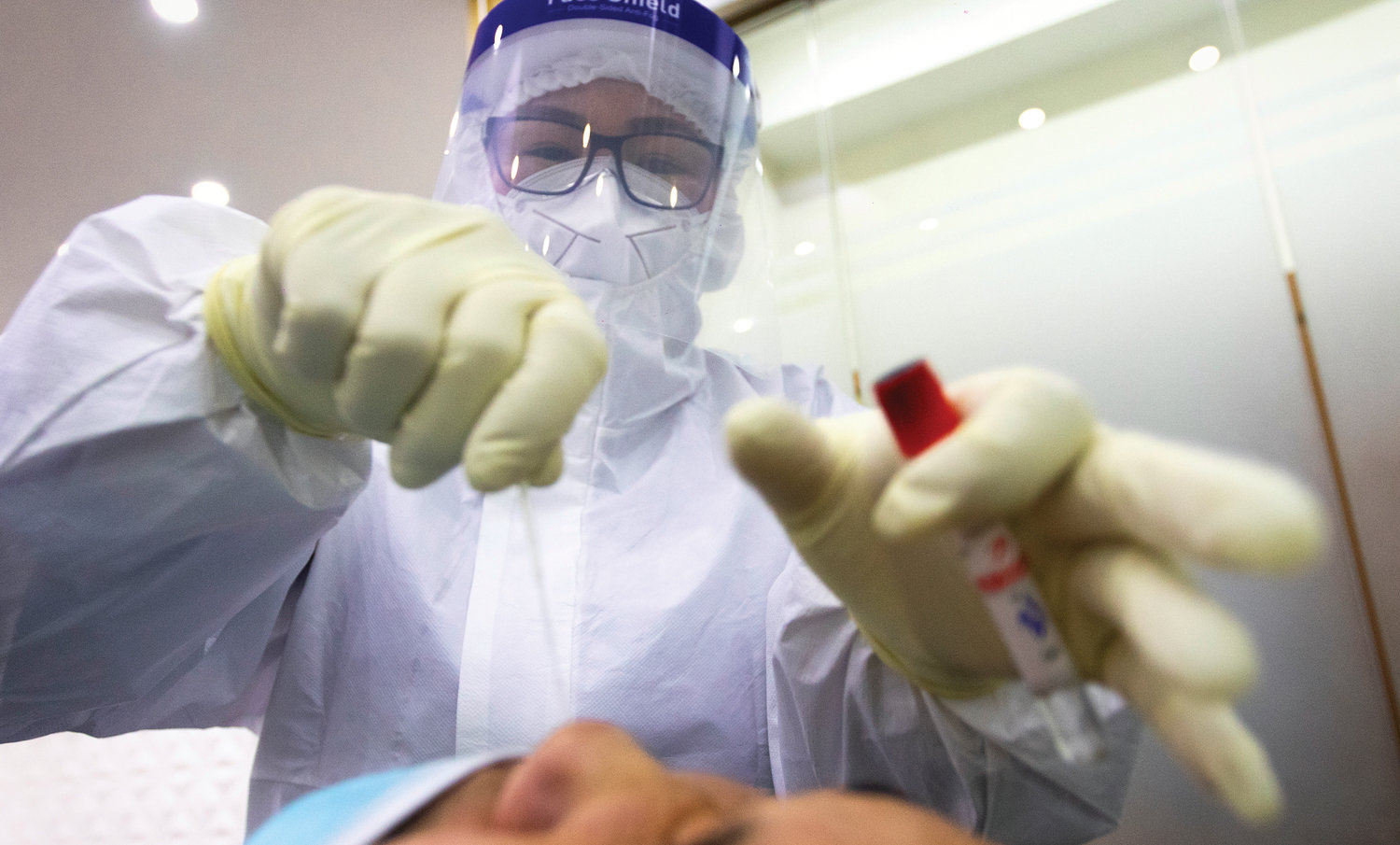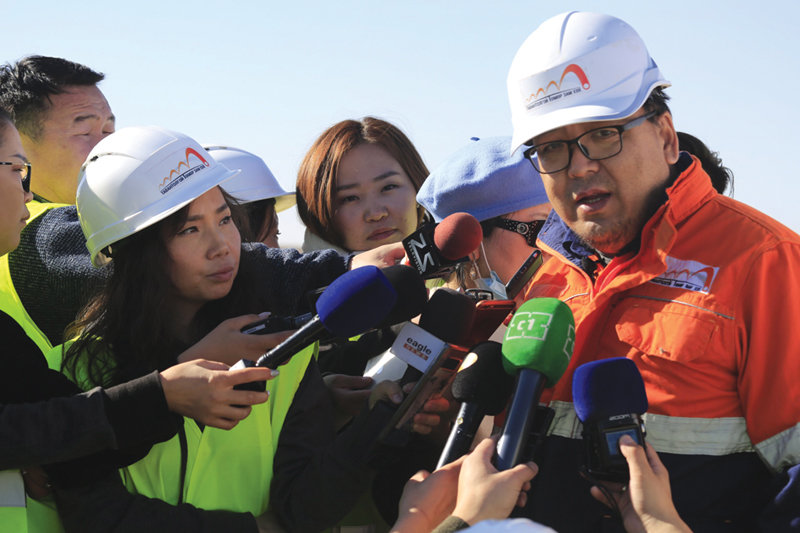Mine
Positive economic indicators as impact of coal
In 2023, Mongolia traded with 163 countries, and the total trade turnover reached $24.4 billion. Of this, exports totaled $15.1 billion, and imports $9.2 billion, resulting in a surplus of $5.9 billion. Compared to the same period last year, exports increased by $2.6 billion (21.9%) and imports by $54.1 billion (6.3%), the National Statistics Office said.
AN ECONOMY DEPENDENT ON COAL
Coal is the main source of our country’s export earnings. At the end of September, coal exports amounted to 47 million tons, and, by the end of the year, this figure may reach 52 million tons
OUR MISCONCEPTIONS ABOUT WEALTH FUNDS
“The state policy on the use of the natural resources shall rely on the long-term development policy to endorse rights of each citizen in current and future generations to live in a healthy and safe environment, consolidate returns on land subsoil wealth at the Sovereign Wealth Fund for equal and fair distribution”. Constitution of Mongolia Provision 2 of Article 6.
Despite setbacks, the Mineral Commodity Exchange has started working
Six months have passed since the draft Law on Mineral Commodity Exchange was finally approvedon December 23, 2022, by a majority vote of all members of Parliament. It had taken a year since the former Minister of Mining and Heavy Industry G. Yondon had presented the draft law at a meeting of the Standing Committee on Economics. On 27 January last year.
Miners working long shifts deserve to be paid more fairly
After the implementation of the revised labour law, which was endorsed last July and made effective from this year, miners have less money in their hands. That is because miners who worked more days at mining sites and spent much less time at home, are now entitled to have more time with their families and earn less. But it is not that simple.
Creation of the ‘Mongolian Coal’ brand
The bill on the Sovereign Wealth Fund will be discussed at the autumn session of Parliament. As the government supports, its approval without much objection is expected. The main point is that the structure, management, executive management, board of directors, operating strategy, and direction of the state-owned company, Erdenes Mongolia , is clearly stated in the bill.
What can Mongolia learn from Zambia?
A recent study compared the investment climate between Mongolia, Zambia. Chile and Australia. It is not surprising that the latter two mining giant countries are far ahead of us in terms of mining investment and other related indicators. But don’t be surprised if Zambia stands higher than us.
It is very difficult to compare Zambia and Mongolia generally. The average person may imagine that Zambia is about a herd of elephants grazing on the African plain, while Mongolia is thought of as full of horses on the bitter cold steppe. Both are great scenery, but very different.
An independent law is needed for developing the extractive industry report
The Mongolia’s Extractive Industries Transparency Initiative (EITI) 2020 report has been released. Due to the pandemic in 2020, the report was based only on 60 companies engaged in gold, copper and coal production. This is the 15th report prepared by Mongolia since joining the initiative. Grant Thornton Audit LLC was appointed as the Independent Administrator for the report. The company prepared a reconciliation report of the material payments made by companies to the Government in 2020 and the revenue stream received by the Government in accordance with the EITI 2020 standards between 6 August 2021 and 25 November 2021.
Mongolian mining poised for big changes as it enters its second century
The mining sector is preparing to celebrate its centenary this year, as it was on 25th December 1922 that the People’s Government had decided to nationalize the Nalaikh coal mine.
The last thirty of these 100 years have been epoch-shaping. This followed Mongolia’s transition to a market economy which led to the privatization of state property and emergence of private companies. However, Mongolia did not have sufficient domestic resources to invest in this capital-intensive industry. So, it had no choice but to create an investment-friendly environment, and seek foreign investment. Most of Mongolia’s foreign investment has been made in the mining sector.
As N. Algaa wrote in his book “Will Mongolian Mining Sector Retreat or Move Forward”, geological expeditions, and a few wolfram and tin mines owned by the state were privatized. However, gold mines were excluded from the privatization list.
Does Mongolia need a state-owned mineral exchange?
The Mongolian government is once again looking into creating a national mineral exchange in the hope of stabilizing prices and attracting foreign investment. it is believed that an exchange would stimulate producers to improve quality through standardization and testing, making Mongolian products more attractive to foreign buyers and expanding export potential. MMHI, with the support of the Ministry of Finance and the Ministry of Justice, aim to establish a state-owned Mineral Exchange to oversee the trade of mineral products from state-owned companies. According to R. Ochbadrakh, Head of the working group and advisor to the MMHI Minister, state ownership is required to set realistic market prices, provide transparency, and ensure that prices for state-owned commodities match global market prices. As a result, trade growth and price stability would be a windfall for the government as the increased transparency would lead to more royalty payments and tax revenue.
One Step Closer to a Mongolian Minerals Commodities Exchange
Mongolia came one step closer to controlling the price of domestically extracted minerals when a new report from the Mongolian Exporter’s Association on the establishment of a Mongolian Minerals Commodities Exchange was submitted to the government appointed working group.
Its recommendations are to be part of the new draft Minerals Law, and were submitted to the Ministry of Finance to be reviewed by government. The proposed exchange aims to establish fair market prices for mining products, improve pricing transparency, bring Mongolian mineral prices in line with the global market, and set standards for the establishment of consistent royalties and taxes from mining proceeds. The mineral exchange could bring much needed price stability to the Mongolian mining sector.
Only new deposits can make the gold sector a stable source of revenue
When policy makers said turnover in the gold sector would be between $1 billion and $2 billion, some felt this was being wildly optimistic, but last year’s figures have proved them wrong, with the total value of the gold trade reaching almost $2 billion. The question now is: can this continue? That will depend very much on the success of geological studies in discovering gold deposits and registering fresh resources, as well as on grant of new exploration licences for such discoveries in future.
Informal estimates put our total gold reserves at 2,000 tonnes, of which 1,000 tonnes is mixed with the copper in Oyu Tolgoi. According to information provided by the Ministry of Mining and Heavy Industry (MMHI), about 90 percent of the reserves of 489.5 tonnes outside the Oyu Tolgoi deposit, are in hard rock deposits, with placer gold deposits accounting for the rest. Much of the gold in hard rock deposits is mixed with other minerals such as copper, lead or zinc.
BUM Gold work to define geological research: Monpolymet
The national Gold 2 programme envisages two separate geological research projects for the western and eastern regions of Mongolia. BUM-Gold 2019, executed by Monpolymet, is responsible for thematic research on gold mineralization and prospects in the Western, Southwestern and Khangai regions -- covering the 12 aimags of Bayan-Ulgii, Uvs, Khovd, Zavkhan, Gobi-Altai, Bayankhongor, Uvurkhangai, Arkhangai, Khuvsgul, Bulgan, Dundgovi and Umnugovi. The project started in August, 2019 and covers an area that is 1/3 of the total territory of Mongolia, giving an idea of how large its scope is. It involves studying 5,000 to 6,000 individual sites in the region, such as primary and placer gold mining occurrences, scattering ranges, and geochemical anomalies.
Much at stake in the upcoming OT negotiations
Oyu Tolgoi is at a turning point, with clear indications that conditions would be created to allow Mongolia to benefit more from the project. In a change of stance, Rio Tinto has announced that it is open to revise and modify the project agreement. While once the company’s then CEO, Jean Sebastien Jacques, insisted that any negotiation had to be only within the existing agreements, the present CEO, Jakob Stausholm, has expressed his readiness to make changes in them.
Rio Tinto’s flexibility could very well be due to the fact that the project becomes more attractive as it gets closer to the start of sustainable production at the underground mine. Extraction cost is relatively low, ore content is high, and as a green metal, copper is a prize asset for any diversified miner.
ARTISANAL GOLD: OPPORTUNITIES FOR RESPONSIBLE INVESTMENT
Artisanal and small-scale gold mining (ASGM) is a significant source of livelihood for millions worldwide. The industry is diverse and can range from individual panners to larger and more mechanized operations. Often an informal business, ASGM is the chief source of income for many rural, low-income communities in the developing world for whom alternative jobs pay less. Globally, the sector accounts for approximately 20% of the gold supply, making it around a USD 35 billion per year industry. Poorly practiced and unsupported by governments, ASGM can be a source of significant negative social and environmental impacts, including the widespread use of mercury, a highly toxic metal. However, when governed well and conducted responsibly and with appropriate environmental safeguards, ASGM can generate significant income and positive social and health benefits for miners and their surrounding communities.
2021 promises to be great, but we must make it so
The year that has just ended was one that changed the way we live anywhere in the world. A pandemic held human interaction hostage and stalled economic progress, and no one can say how long it would take to undo the damage. Mongolia has not been exempt from the disruption in all areas of life, with exports and revenue falling, but our sparse and widely distributed population, helped by strict Government measures, has kept the number of casualties low. Hope springs eternal in the human breast, and as we begin a new year, Mongolians, individually and collectively, look forward to an end of the crisis and to new opportunities opening up.
Building Mongolia’s railway of hope
Trucks with some cover over their cargo of coal move at speed in a seemingly unending line along the road to Gashuunsukhait. Not all make it to the border, though, as accidents are common on the often potholed road, but the overturned or otherwise affected trucks are quickly moved to a side so as not to impede the flow. There is a similar flow in the reverse direction of empty trucks returning from the southern border. The road is kept clear for the economically important traffic, but there is garbage of all kinds on the sides, with the lighter stuff blown in all directions by the wind. Everything is made dark by the dust from the coal and the soil dispersed by the heavily laden trucks. This is how the lifeline of our coal export has been like for the past several years, as we have watched in dismay a decade pass by with much talk and more politics but no progress on the ground on building the TT-GS railway.

